For a subject as important as World War II, you might wonder why bother setting aside time for fiction when so many excellent memoirs, oral histories, and secondary works are available? I might answer that with something about how imagination enhances knowledge, or about the high literary quality of fictionalized accounts. But I won’t. Historical fiction has capacities for communication, representation, and understanding of the past all its own. And the five works listed below, four of them written by individuals who lived through the Second World War, exemplify those. They convey experiences of persecution, expulsion, and systematic violence at the hands of the Nazis and, in one case, Stalinists. These examples of historical fiction remind us that there are different ways to engage and learn from the past, especially a past as crucial as that of World War II.
1. Jay Parini, Benjamin’s Crossing. Jay Parini’s 1997 historical novel gives us access to a remarkable man fleeing France in September 1940 before the Gestapo caught up to him. That individual was Walter Benjamin (1892-1940), the great German-Jewish thinker and anti-fascist, who had lived in exile in Paris since 1933. Before I read Benjamin’s Crossing, I already knew the story of Benjamin, who wrote brilliantly about everything from film to children's books to Surrealism to the plays of Bertolt Brecht, and modern conceptions of progress. But I really only understood his final months in France after reading this book. Mixing flashbacks to his earlier life with careful attention to the collapse of Benjamin’s situation in the spring and summer of 1940, the novel depicts the critic’s desperate choices following the German invasion of France. Benjamin finally decided to risk everything by crossing the Pyrenees into Franco’s Spain, from where he hoped to make it first to Lisbon, Portugal, then to the United States. While I have some disagreements with how he deals with Benjamin’s Marxism, Parini’s description of Benjamin’s ill-fated attempt to escape, with a precious manuscript about Paris in the nineteenth century in tow, is unforgettable.
2.Victor Serge, Unforgiving Years. In 2014 I discovered the writings of the anti-Stalinist and anti-fascist Victor Serge (1890-1947), whose books have found a growing audience in the United States due to the efforts of the tireless translator and commentator, Richard Greeman. Born in Belgium to a family of Russian émigrés, Victor Serge traveled to Russia in 1919 to support the Bolsheviks, backed Leon Trotsky during the latter’s struggle against Joseph Stalin in the 1920s, and faced persecution and internal exile from the Stalin regime until he was freed in 1936. Having relocated to France, Serge got out of the country following the German invasion and settled in Mexico in 1941, where he produced an incredible memoir and a series of novels based on the events he had lived through. Written in Mexico in 1945-46 and arguably the best of Serge’s seven novels, Unforgiving Years was finally published in French in 1971, almost a quarter-century after the author’s death. It takes place during World War II, combining espionage, the question for revolutionaries of breaking with the Stalin dictatorship, and the devastation caused by the war. We see the chief protagonist, Daria, in four locales—Paris, Berlin, Leningrad, and Mexico. Some of Serge’s most lyrical moments are in this work. Ultimately, though, Unforgiving Years is a meditation on revolutionary hope and war during the darkest period of the twentieth century.
3.Jorge Semprun, The Long Voyage. If you want some insight into what Nazism’s political opponents underwent during World War II, Jorge Semprun’s 1963 novel The Long Voyage is essential. The book powerfully evokes the thoughts, memories, and experiences of a self-described “Spanish Red” sent by the SS to the Buchenwald concentration camp. Semprun (1923-2011) could relate. He had been arrested by the Nazis in France in September 1943 for resistance activity and deported to Buchenwald. The novel describes the trip that these fighters endure, packed into a boxcar, as they head from France to an uncertain destination. Semprun plays with time a great deal, recalling the narrator’s actions before capture and episodes from his life after the Americans liberated the camp in April 1945. It is the moving train, moving inexorably toward its dreadful final station, which anchors the narrative. The Long Voyage is a beautiful work of literature and a testament to the Resistance.
4.Tadeusz Borowski, This Way for the Gas, Ladies and Gentlemen. The Polish author and survivor of Auschwitz and Dachau, Tadeusz Borowski (1922-1951), lived a tragically brief life. This English-language anthology pulls from two collections of his short fiction published in the late 1940s. There is very little I can say about these stories that can convey how powerful they are. They explore confinement in Auschwitz—the constant presence of the SS; “selections”; slave labor; how inmates, especially the Jews among them, lived under the shadow of violent death; hunger and illness; and the prospect of survival as the Third Reich collapsed. Borowski also confronts what it means to live for those who had witnessed so much barbarism and death. This Way for the Gas, Ladies and Gentlemen is for readers who sincerely want to understand the Holocaust without hopes for silver linings.
5.Ida Fink, A Scrap of Time and Other Stories. This last recommendation, first published in 1987, is as demanding as Borowski. Through a course with Professor Sara Horowitz, one of the experts on Holocaust literature in North America, I encountered the short stories of Ida Fink (1921-2011). During World War II, Fink escaped from a ghetto in Poland with falsified papers. Her carefully crafted stories, often only four or five pages in length, push the reader to confront atrocity at the most basic human level. A Scrap of Time and Other Stories introduces us primarily to Polish Jews faced with impossible circumstances during the Holocaust. As few other works can do, whether nonfiction or fiction, these texts communicate the terror-inducing experience of being hunted by the Nazis. Some of them, like the innocuously named “A Spring Morning,” never quite leave you.
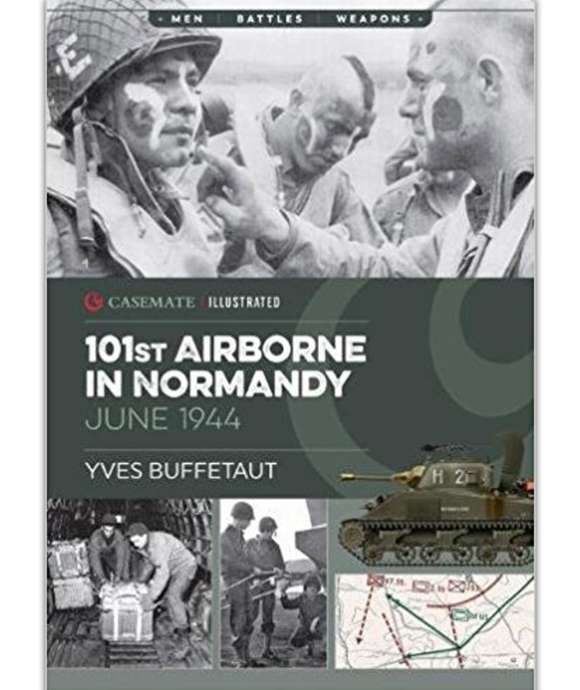
The National WWII Museum Store
Proceeds from purchases made through the Museum Store fund the continuing educational mission of The National WWII Museum in New Orleans.
Jason Dawsey, PhD
Jason Dawsey, PhD, is ASU WWII Studies Consultant in the Jenny Craig Institute for the Study of War and Democracy.
Cite this article:
MLA Citation:
APA Citation:
Chicago Style Citation:
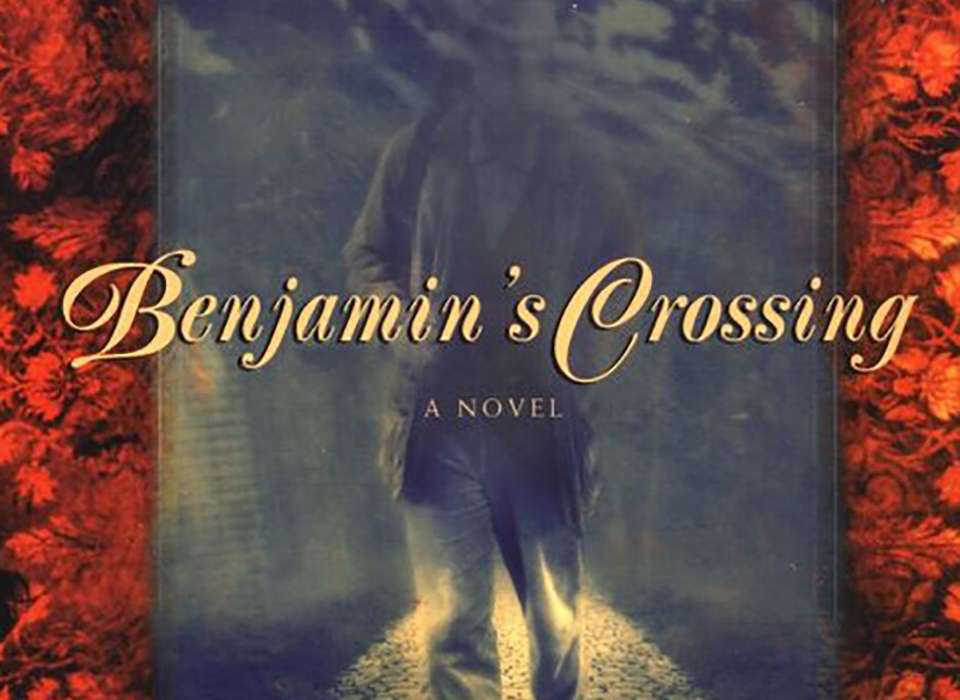
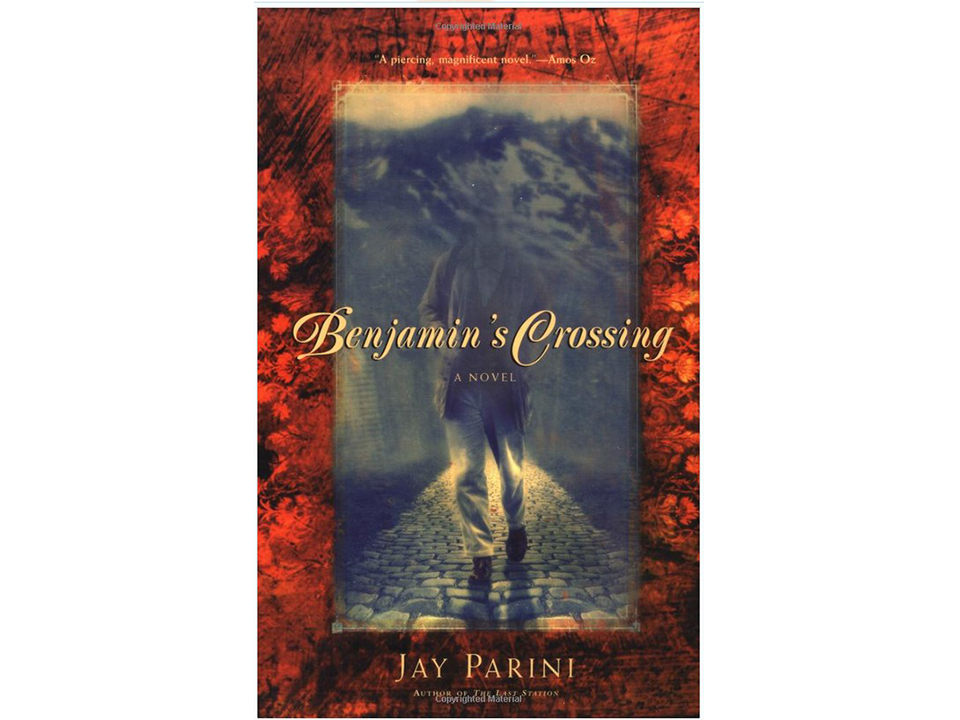
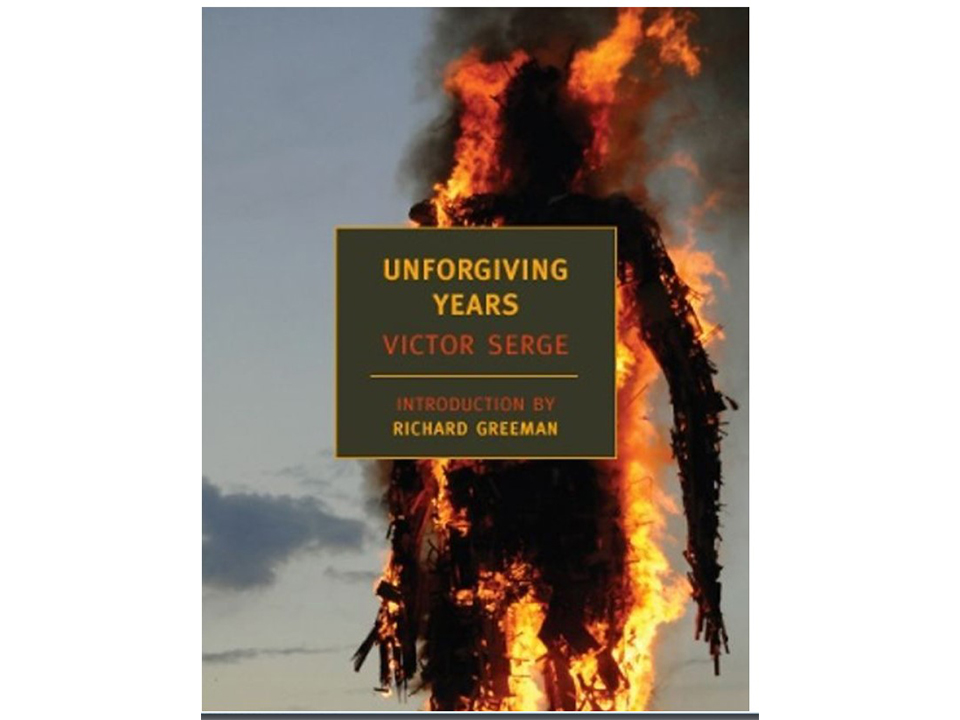

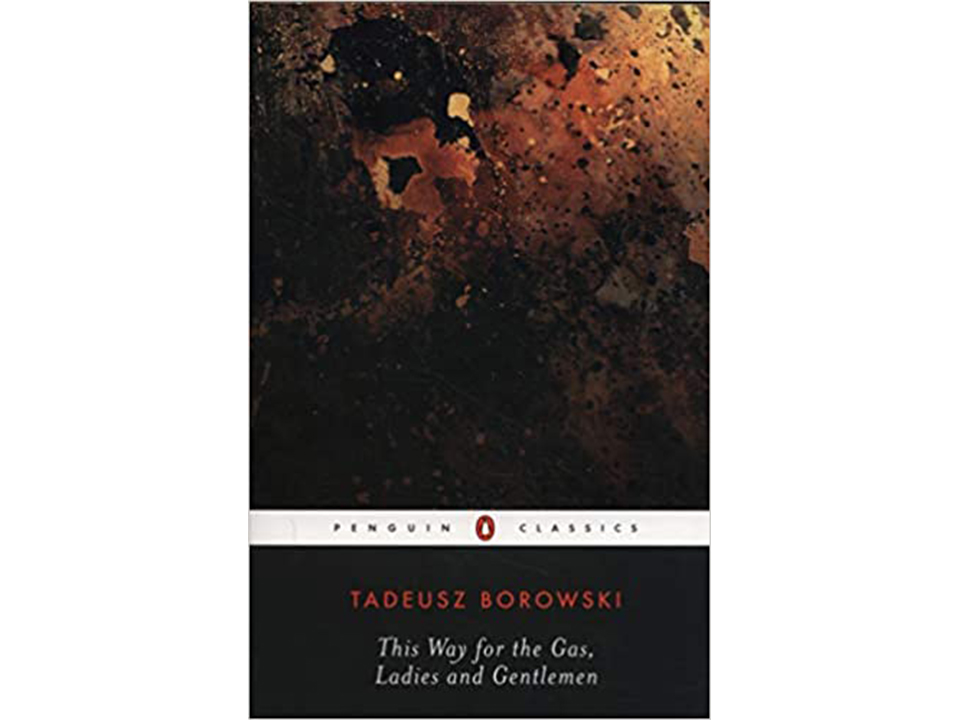
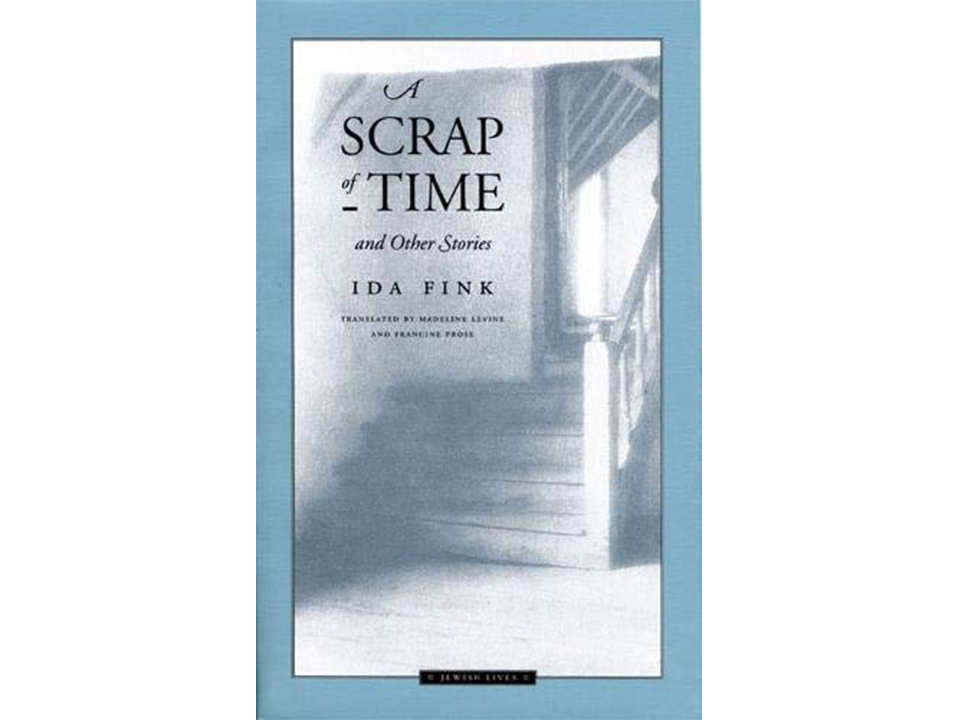





![Max Fuchs, New York City cantor, sings as Rabbi Sydney [sic] Lefkowitz, Richmond, VA, conducts the first Jewish services from Germany.](/sites/default/files/styles/max_650x650/public/2025-10/image1.jpg)


